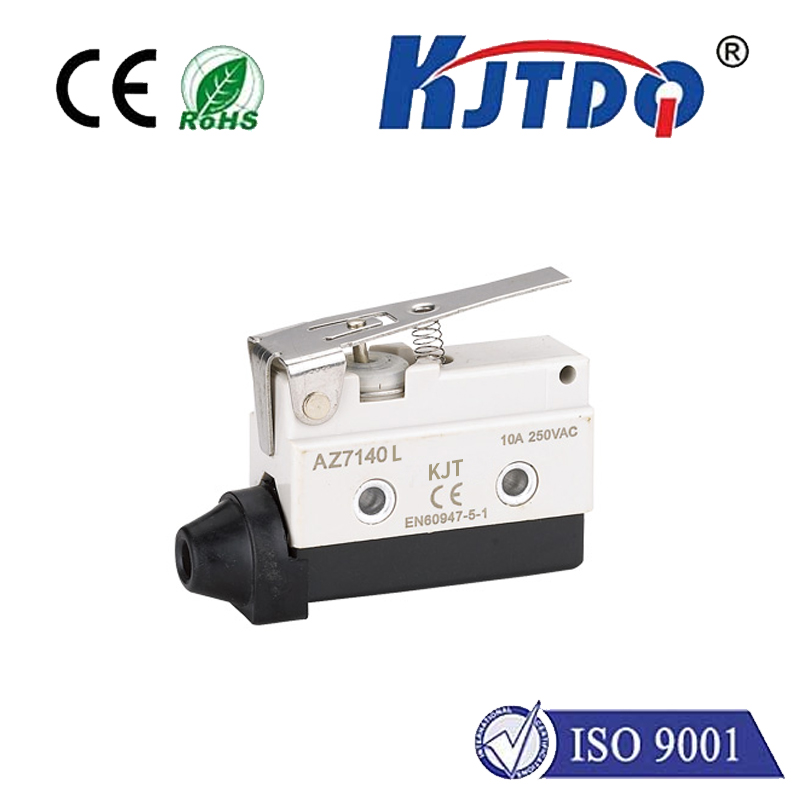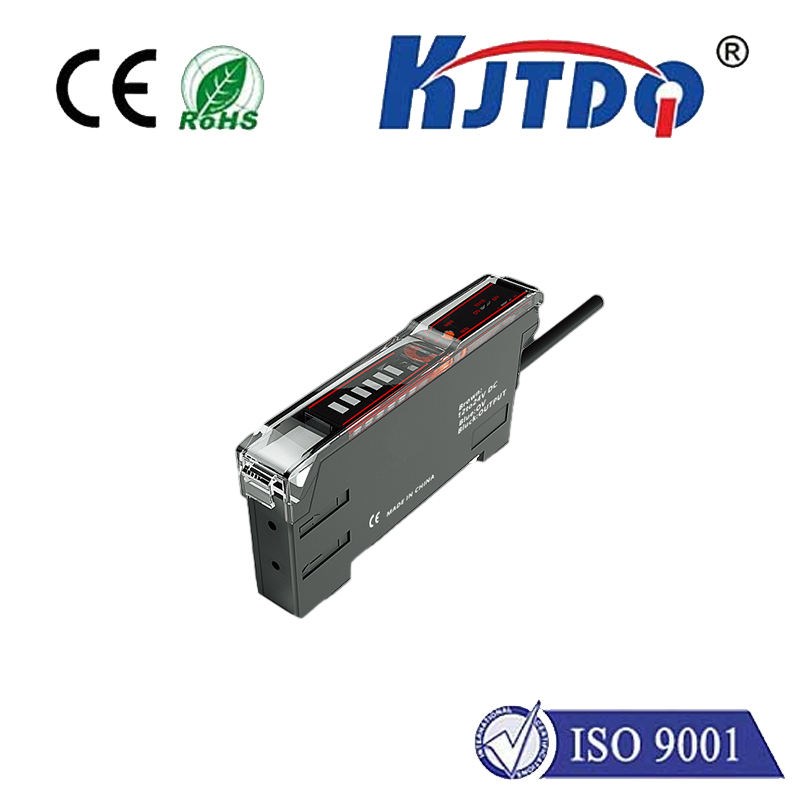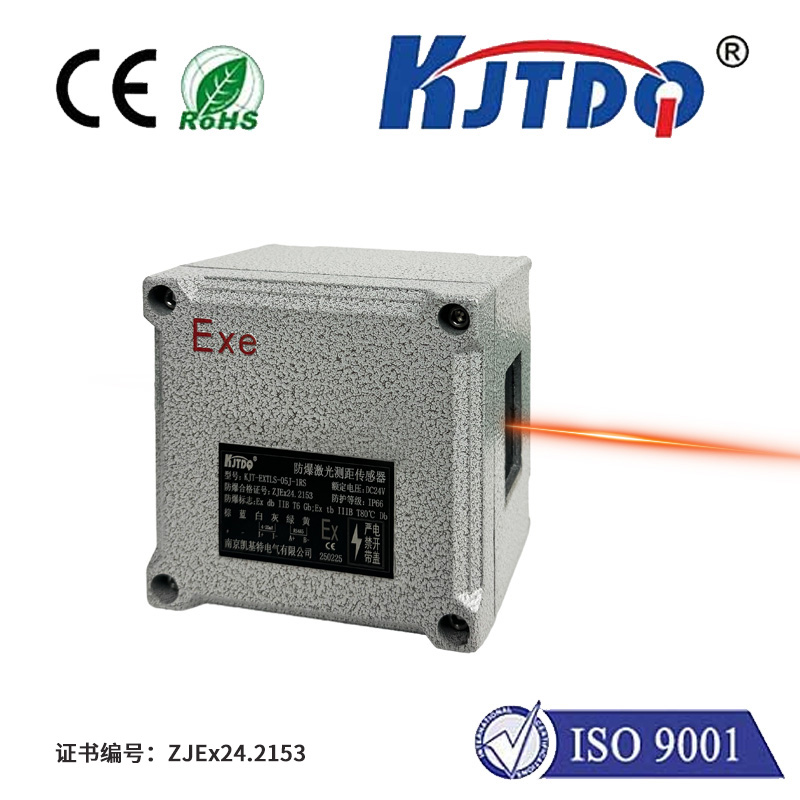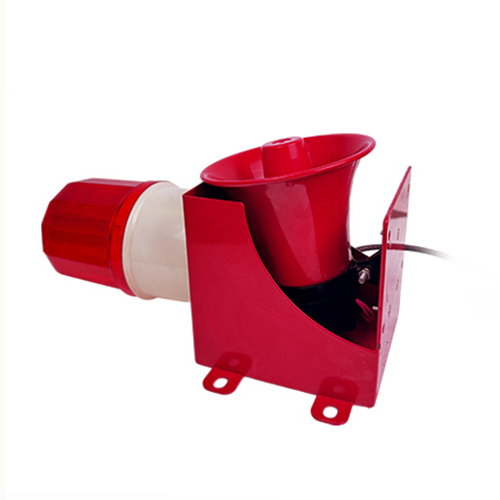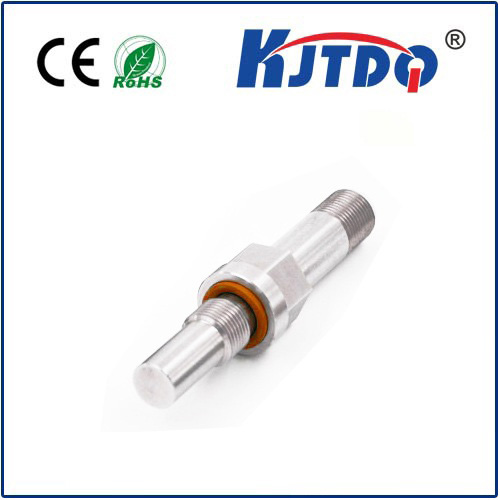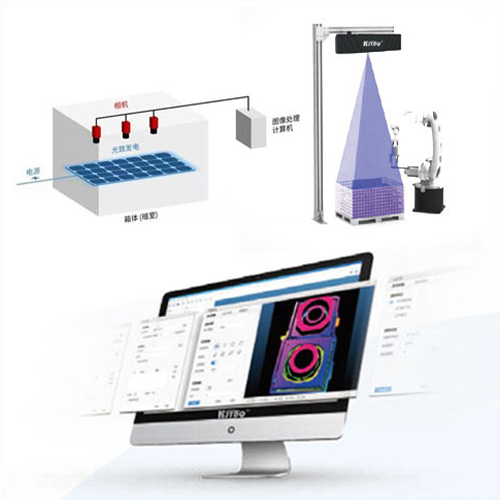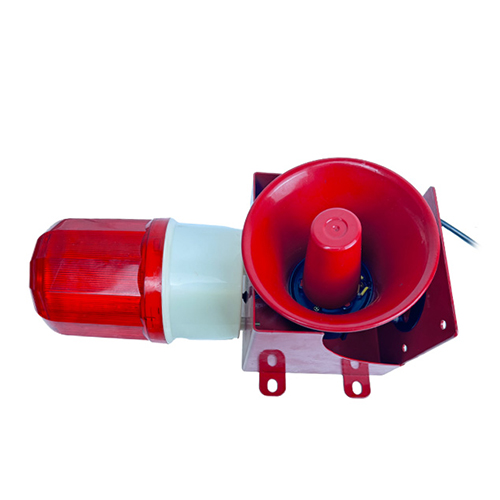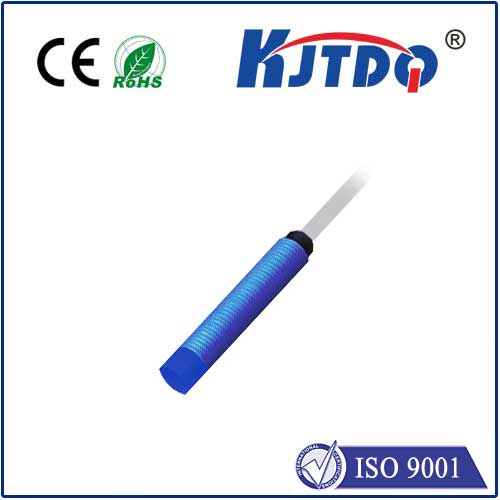BES00CU high pressure proximity sensor
- time:2025-09-30 14:34:02
- Нажмите:0
BES00CU High Pressure Proximity Sensor: Resilience Where Pressure Soars
Imagine a critical hydraulic system deep within a forging press, operating under crushing pressures. A standard sensor fails, triggering unplanned downtime, costly repairs, and production delays. Reliability under extreme mechanical stress isn’t just a convenience; it’s an absolute necessity for efficient and safe operation. This is precisely the demanding niche the BES00CU High Pressure Proximity Sensor is engineered to conquer. Designed for environments where conventional sensors buckle, the BES00CU stands as a beacon of unwavering performance where pressures reach extraordinary levels.
Understanding the Core Challenge: Pressure and Proximity Sensing
Proximity sensors, particularly inductive types like the BES00CU, detect the presence or absence of metallic objects without physical contact. They are ubiquitous in automation for position feedback, presence detection, and counting. However, standard inductive sensors often falter when subjected to sustained, extremely high pressures common in applications like:
- Hydraulic Systems: Cylinders, presses, injection molding machines, where fluid pressures can exceed hundreds of bars.
- Die Casting: Environments with immense clamping forces.
- Compression Testing: Machines exerting titanic loads.
- Marine & Offshore: Subsea equipment facing immense water pressure.
- High-Pressure Valving & Piping: Monitoring valve positions.
Standard sensor housings can deform, seals can fail, and internal components can be damaged under such relentless force. This vulnerability leads to unreliable sensing, premature failures, safety risks, and production losses.
The BES00CU Solution: Engineered for the Extreme

The Balluff BES00CU isn’t just another proximity sensor; it’s a specialist built from the ground up to withstand punishing pressure conditions. Its design philosophy centers on exceptional robustness and resilience.
- Unmatched Pressure Resistance: The headline feature. The BES00CU is specifically rated to withstand operating pressures up to an impressive 500 bar (approximately 7250 psi), depending on the specific model variant. This capability significantly surpasses most standard inductive sensors available on the market. This rating isn’t an abstract number – it translates directly to reliable operation within the cores of high-pressure hydraulic cylinders or industrial presses where pressures routinely operate within this extreme range.
- Robust Hermetic Sealing: Achieving this pressure tolerance requires impeccable sealing. The BES00CU features hermetically sealed construction. This means the sensing element and critical internal electronics are completely isolated and protected from external media, whether it’s high-pressure hydraulic fluid, water, cutting oil, or aggressive coolants. This seal prevents fluid ingress that would otherwise lead to catastrophic sensor failure.
- Durable Copper Alloy Housing: Unlike sensors using predominantly plastic or even some stainless-steel grades that might deform under extreme pressure, the BES00CU is renowned for its high-strength, corrosion-resistant copper alloy housing (typically CuZn37Pb3 ASM according to Balluff specs). This material choice provides:
- Superior Mechanical Strength: Resists deformation under crushing pressures.
- Excellent Corrosion Resistance: Crucial for longevity in harsh industrial fluids and environments.
- Resistance to Aggressive Media: Holds up against oils, greases, and some coolants.
- Proven Inductive Sensing Technology: At its core, the BES00CU utilizes reliable inductive sensing principles. When a metallic target (typically steel) enters its defined sensing field, it induces eddy currents within the sensor’s internal coil. This change is detected, causing the sensor’s output state to switch. This non-contact operation is vital, eliminating wear and tear and ensuring longevity critical in hostile environments.
- Compact & Cylindrical Form Factor: Designed in a standard cylindrical M8 or M12 housing format, the BES00CU offers ease of integration into existing machinery and fixtures designed for common sensor sizes. Its compactness is a significant advantage in tight installation spaces common within hydraulic cylinder assemblies.
- Environmental Toughness: Beyond pressure, the BES00CU typically boasts robustness against vibration, shock, and temperature fluctuations expected in demanding industrial settings (commonly rated for operation down to -25°C and up to +100°C ambient temperature).
Where the BES00CU Excels: Core Applications
The unique pressure-resistance profile defines its primary applications:
- Piston Position Sensing in Hydraulic Cylinders: The quintessential application. Mounted directly within the cylinder bore or on the gland, it reliably detects the piston rod position even at the peak of the cylinder’s pressure cycle. This is critical for precise control sequencing in presses, molding machines, and heavy lifting equipment.
- Tool Presence/Position in High-Pressure Environments: Ensuring the correct tool is loaded or positioned within machinery operating under immense clamping or forming forces.
- Monitoring Valve Spool Position: Verifying the correct switching state of high-pressure hydraulic valves.
- Pressure Vessel Monitoring: Providing presence detection or position feedback on components inside vessels subjected to high internal pressure.
- Subsea & Offshore Equipment: Where ambient water pressure combined with system pressures creates an extreme environment demanding specialized sensors like the BES00CU.
Key Benefits Driving Adoption
Choosing the BES00CU high pressure proximity sensor delivers tangible operational advantages:
- Unparalleled Reliability Under Pressure: Dramatically reduces downtime caused by sensor failure in critical high-pressure zones. Machines stay operational, production flows.
- Extended Service Life: The hermetic sealing and robust copper housing translate directly into longer sensor lifetimes, lowering the total cost of ownership by reducing replacement frequency. This durability is a core economic benefit.
- Enhanced Process Safety & Control: Reliable position feedback ensures machinery operates within safe parameters and sequences correctly, preventing malfunctions that could lead to damage or accidents. Operational safety is paramount.
- Reduced Maintenance Costs: Fewer sensor replacements mean lower spare parts inventory and reduced labor costs associated with maintenance interventions.
- Design Simplification: Eliminates the need for complex, external mechanisms sometimes used to protect standard sensors from high pressure, leading to simpler machine designs.
Deploying the BES00CU: Considerations for Success
While exceptionally robust, maximizing the BES00CU’s performance requires attention to detail:
- Correct Model Selection: Ensure the chosen variant matches the required sensing distance, electrical connection (cable or connector), voltage (typically 10-30V DC), and output type (NPN or PNP). Verify the exact pressure rating (e.g., 500 bar).
- Precise Installation: Follow manufacturer guidelines meticulously for mounting depth, orientation, and tightening torque. Incorrect mounting, especially over-tightening, can compromise the sensor seal or housing integrity. Ensure the target material and size are suitable for the sensor’s specifications.
- Environmental Compatibility: While highly resistant, confirm the sensor’s material compatibility (housing, seal) with the specific media (hydraulic fluid type, coolant) it will encounter. Copper alloys are generally robust but verify against specific chemicals.
- Target Considerations: Ensure the target is ferromagnetic (usually steel) with sufficient mass and approaches the sensor correctly within its specified sensing range.
The High-Pressure Imperative Solution
In the relentless







